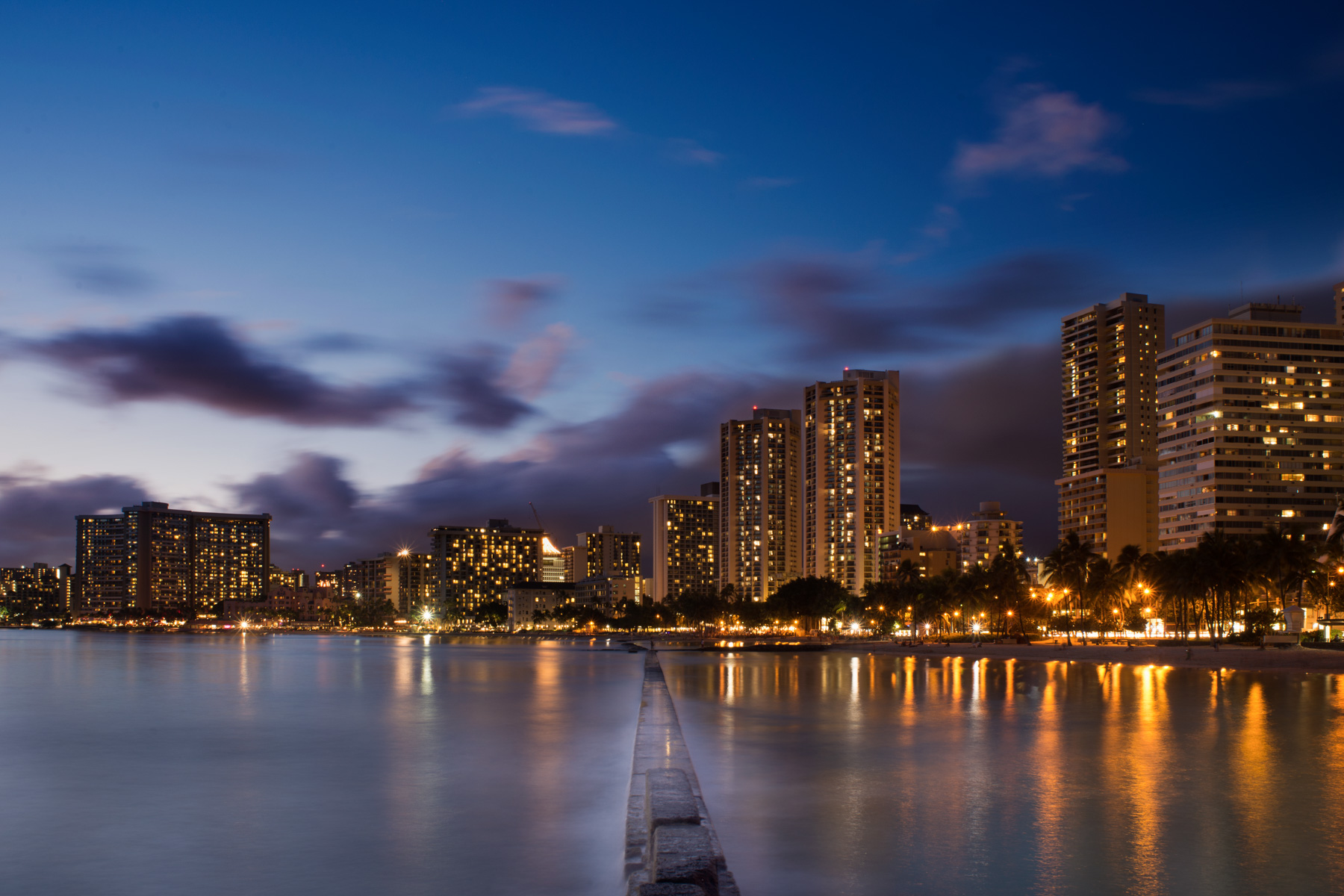Continuing from Photographing Fire Dancers – Part 1 and
Photographing Fire Dancing – Part 2.
Once you’ve got the basics of taking a long exposure of the fire trail, you just need a few tricks to make the picture really shine.
- Set your shutter speed to bulb mode and set your flash to rear curtain sync. Generally, you will not know ahead of time how long the shutter needs to be open to make your photo. It could be 1/4 of a second or several seconds. The only way I’ve gotten the photo to capture the face of performer is by using bulb mode and manually opening and closing the shutter.
- Rear curtain sync will fire the flash just before the shutter closes and will make the fire trails appear to follow the performer. Front, or first curtain, sync will make the fire trails appear ahead of the performer. The flash should also be timed to freeze the image of the performer at the end of a move.
- Take the flash off of your camera. Angle the light to fall on the performer from above and to the side. This will illuminate the performer while not lighting up the background directly behind the performer. The fire trails will stand out more prominently against a dark background.
- When you shoot in bulb mode, take your eye away from the viewfinder, you will not be able to see through the viewfinder anyway while the shutter is open. You should get into the habit of composing your photo and then moving aside to see the action so that you can release and close the shutter at just the right moments.
- Radio triggers work the best for synchronizing the flash with your camera since cables are just not practical in this situation. Nikon CLS (and presumably Canon’s IR based trigger or old fashioned optical slave triggers) will work if you set it up properly. But, the IR sensor on the flash must be pointed towards the camera or master flash. The CLS commander’s signal is usually too weak to bounce off of the subject and trigger the slaved flash. Radio triggers, however, have no problem in this situation.
- Learn to pre-focus on either the hyperfocal distance or on infinity. Your aperture will be small (f/8 – f/16) anyway because of the fire trails. You may as well lock in the focus to a known, good distance. It is usually really difficult for auto-focus to lock on to anything when the fire dancers are spinning.
- Watch for a big burn off move at the start of a performer’s routine. Performers will do a big opening move both to impress the crowd and to safely burn off the excess fuel on their prop. This practice is very popular with the staff and poi balls. Staff performers will usually roll the staff while tossing it in mid-air to let centrifugal force squeeze the excess fuel out of the wick. Poi balls will often be dragged on the ground to smear fuel or whipped in circles low to the ground. These burn off moves are much brighter than the rest of their routine and you need to stop down as tight as you can to avoid blowing out the highlights. Some fuels will simply burn too brightly to be photographed and you may have to wait for the fire to burn down to a more tolerable level.
- Yes, you will get splashed with fuel at some point if you want to get good photos. It usually evaporates quickly and should not be too hazardous unless it gets in your eyes. Try to stay back until after the burn off move.
- Ghosting is a big issue if you want a clean portrait of the performer. Often you will just have to wait until the fire burns down a bit. But if you wait too long, the fire trail will be too faint to show up on your photos. It’s a delicate balance and you should expect to adjust your aperture on the fly to match the brightness of the fire. As the fuel burns down the fire gets weaker, but when the fire spins quickly the flames get bigger.
- Expect to do a fair amount of cleanup work in post to remove ghosting and smeared images. If the fire casts enough light to reflect off of the skin or clothing of the performer, ghosting will occur. That’s why you should stop down the aperture to f/8 – f/16. The ghosting is not so bad if you can limit the amount of reflected light entering your camera. But some dodging and spot healing will probably be necessary even on the relatively clean shots.














